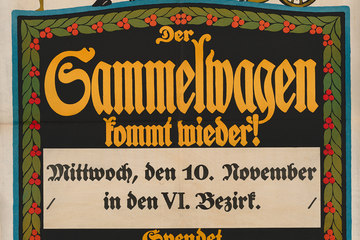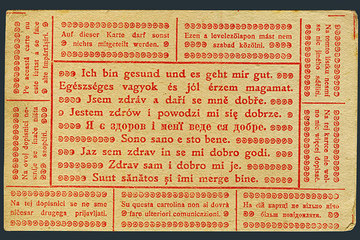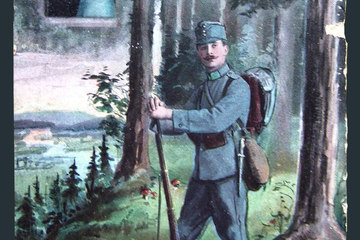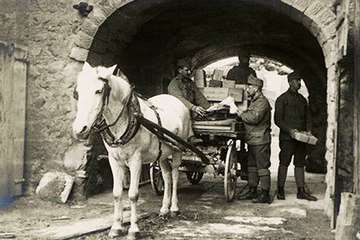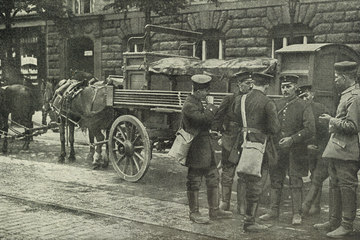The sending of ‘gifts of love’ to the front line and food parcels to the home front
The sending of parcels from the home front to the front line was permitted from 10 August 1914, but had to be suspended for the first time by the beginning of September 1914 because the system was unable to cope with the volume of parcels being dispatched.

